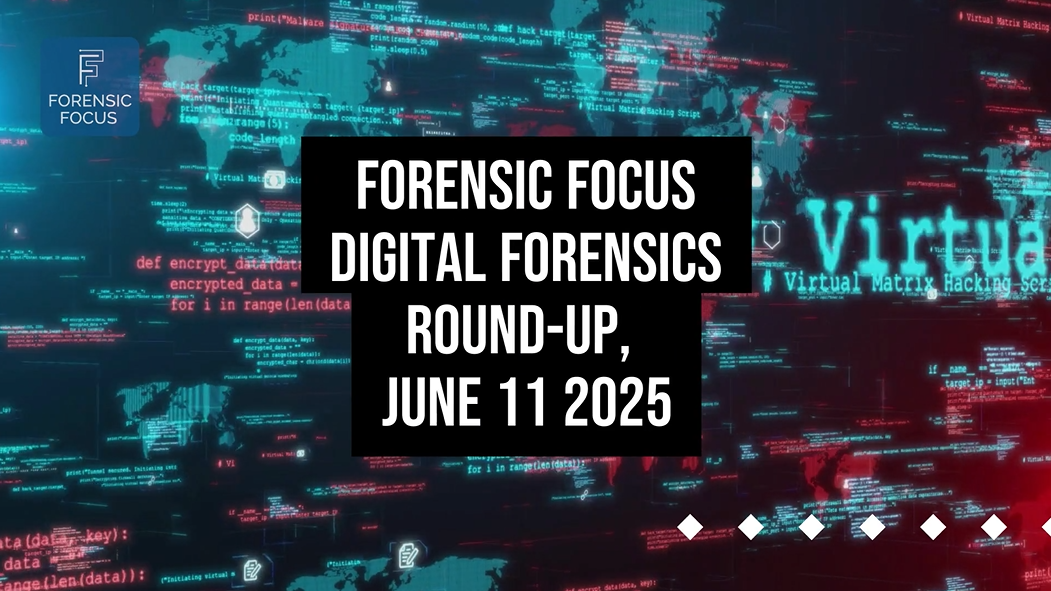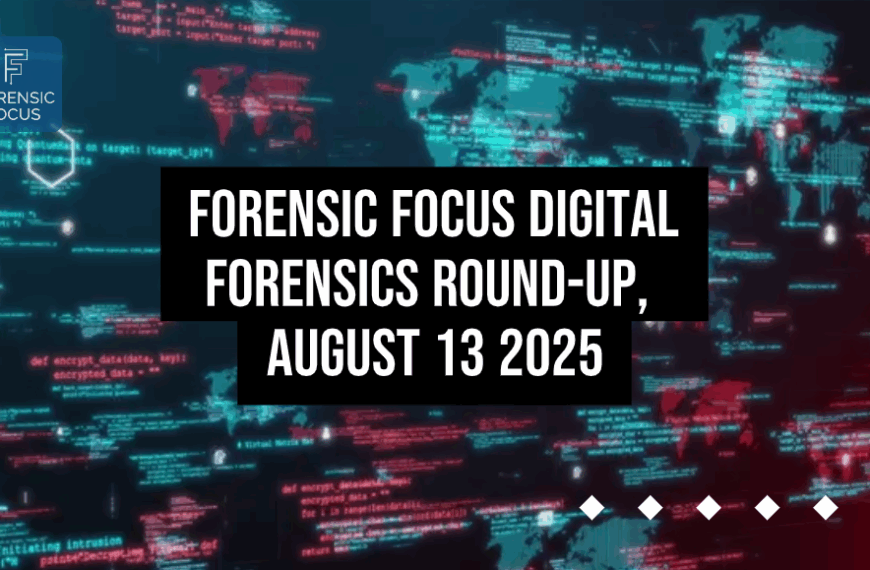Project Odyssey Transforms Digital Forensics to Protect Victim Privacy
UK police forces are implementing Project Odyssey, a new digital forensics approach that extracts only relevant data from victims’ phones in three hours instead of keeping devices for months. The technology uses time-slicing techniques and involves victims in real-time approval of data extraction, addressing concerns about “digital strip-searches” that previously deterred survivors from seeking justice.
Read more (emergencyservicestimes.com)
Amped Authenticate Unveils Advanced Tools for Detecting AI-Generated Images
Forensic experts demonstrate new capabilities in Amped Authenticate for identifying synthetic media and manipulated images. The webinar showcases advanced detection methods including metadata analysis, reflection consistency checks, shadow analysis, and compression pattern examination to combat increasingly sophisticated deepfakes and AI-generated content.
Dutch Forensic Experts Develop Heartbeat Detection Method for Deepfakes
Dutch researchers at the Netherlands Forensic Institute have developed a new technique to identify deepfake videos by analyzing subtle facial color changes caused by heartbeat-induced blood flow. The method detects minute shifts in skin tone around the eyes, forehead, and jaw that occur with each heartbeat—biological signals absent in AI-generated deepfake content. While still undergoing scientific validation, the breakthrough adds to existing forensic tools for combating increasingly sophisticated manipulated media.
SMB File Transfer Timestamp Changes Between macOS and Windows
Cross-platform file transfers via SMB shares between macOS Sequoia and Windows 11 cause significant timestamp alterations that vary by file type, operation method, and host operating system. The research reveals that some forensic tools may show null timestamps due to Windows storing file attributes across multiple MFT entries, requiring investigators to examine base file records for complete timestamp data.
Read more (forensicatorjourney.gitbook.io)
iOS Unified Logs Command Receives Major Updates in macOS 15.5
Apple introduces significant updates to the iOS Unified Logs command in macOS 15.5, including a new ‘log repack’ option that creates filtered log archives from existing ones. The log collect command now supports predicate filtering, while log stats gains the ability to use date ranges with the –end option, enabling faster and more accurate forensic analysis of iOS device logs.
Read more (ios-unifiedlogs.com)
Forensics Europe Expo 2025 Returns to London Focusing on Digital Innovation
Forensics Europe Expo returns to Olympia London on June 18-19, 2025, for its 12th year with a focus on digital forensics, AI-driven investigations, and emerging technologies. The event co-locates with The Blue Light Show for the first time, creating an expanded platform for collaboration between law enforcement, government agencies, and emergency services. Sessions will cover topics including autonomous digital investigation technology, 3D crime scene reconstruction, voice data analysis, and AI forensics implications.
Apple’s Latest OS Updates Introduce New Digital Forensic Artifacts
Apple’s newest operating system updates across iOS, macOS, watchOS, iPadOS, and visionOS introduce several potential forensic artifacts that could aid criminal investigations. Key features include AI-enhanced location tracking, improved metadata indexing, enhanced health data from wearables, visual search capabilities that embed geolocation data, and live translation services that may store spoken conversations.
Three Emerging Android Malware Trends Target Mobile Security
Security experts identify three major Android malware threats emerging in 2025: embedded firmware-level malware in budget smartphones, evolved banking trojans with full surveillance capabilities, and NFC-relay fraud targeting contactless payments. These threats exploit Android’s open architecture and widespread adoption, with malware-as-a-service models making sophisticated attacks accessible to novice cybercriminals.







